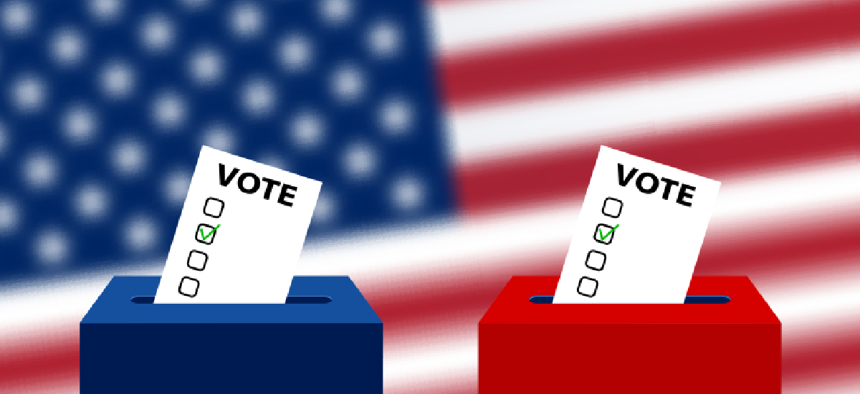Are elections any more secure than in 2016?

Although $400 million has been set aside to address vulnerabilities, it's just a drop in the bucket compared to what states and election security experts say is needed to fix the problem.
To help shore up the nation's election infrastructure, Congress repurposed $380 million of leftover funding from the 2002 Help America Vote Act into grant funding for states to improve election security. States collectively invested an additional $19 million in matching funds for the same purpose.
States could use the grants to replace old voting machines, upgrade election-related computer systems to address vulnerabilities identified by the Department of Homeland Security, implement post-election audits, provide cybersecurity training for state and local election officials or other activities that are specifically tailored to addressing cybersecurity needs.According to the Election Assistance Commission, 41 states used 36.3 percent of those funds to directly improve election cybersecurity. An additional 27.8 percent of the funding went to purchase new voting equipment while another 13.7 percent went to upgrade voter registration systems. Only 5.6 percent of the funds were used to implement post-election audits. However, it’s important to understand that these upgrades and expenditures are expected to take place over the course of the next two to three years; relatively little of the work is being completed before the midterm elections.
It’s also important to understand that this $400 million is just a drop in the bucket compared to what states and election security experts say is needed to fix the problem, estimated to be somewhere around $1.5 billion. Additionally, the amount of funding each state received was based on the size of its voting age population, not according to greatest need or most vulnerable infrastructure.
According to an analysis by the nonprofits Brennan Center for Justice and Verified Voting, five of the 13 states that rely in whole or in part on paperless electronic voting machines -- the kind most vulnerable to being hacked -- received less than a quarter of the funding that would be needed to fully replace them. More than half of the 46 states that responded to a Government Accountability Office survey released in April said they don’t offer any funding or grant money to local jurisdictions to buy new voting machines.
“Speaking on behalf of myself and my state, yes, I do strongly believe that ongoing funding is necessary and that there's a consistent source of funding," New Mexico Secretary of State Toulouse Oliver told Congress in July. "Election security is not a one-time issue."
In preliminary budget documents, Congress made another $380 million available for 2019, but those funds were zeroed out by the Republican majority, which argued that states still hadn’t finished spending the initial tranche of money.
Legislators also drafted a number of bills to address security holes identified during the 2016 election, such as the Secure Elections Act and the PAVE Act, which would implement a series of standardized requirements for voting machines, such as paper backups for electronic voting machines and corresponding risk-limiting audits. Another bill, the Honest Ads Act, would provide more visibility and transparency for the kind of social media ad buys that were allegedly leveraged by Russia to target specific voters and spread disinformation in 2016.
None of those bills have passed either chamber of Congress. The bipartisan Secure Elections Act came the closest, but support from Senate Republicans faltered after states and the White House lobbied for changes, arguing that provisions mandating specific audits and voting equipment represented “federal overreach.”





